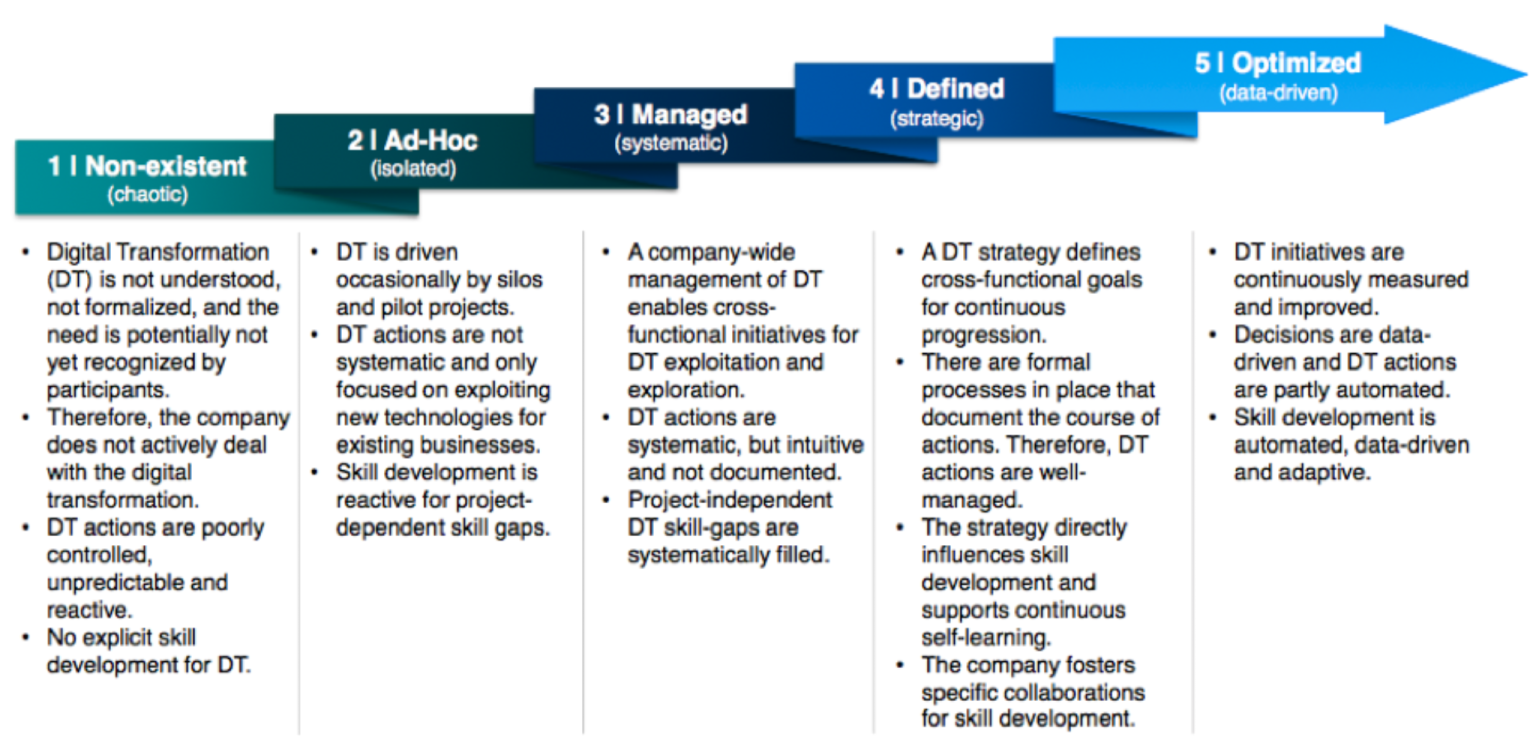The digital map has changed. You’re no longer just optimizing for search engines; you’re optimizing for where your users are. It’s time to pivot from SEO (Search Engine Optimization) to GEO—Geolocation Optimization—and if that phrase doesn’t ring a bell yet, give it a month.
Here’s the why and the how.
📍 Why GEO is the New SEO
Search engines have gone local—hyperlocal. Algorithms now prioritize search results that consider proximity, intent, and real-time context. With mobile usage dominating the web, 82% of users perform “near me” searches before making purchase decisions.
In short: location is no longer metadata—it’s the main data.
🚧 The Migration Map: How to Shift from SEO to GEO
Audit Your Current SEO Setup
Identify what’s working, what’s local, and what’s generic. Strip it down to what serves a local-first strategy.Embrace Localized Content
Swap generic blog posts for content targeting regional events, culture, or local trends. Use language that reflects the geography of your audience.Optimize for Google Business & Apple Maps
These platforms have become the new homepage. Optimize descriptions, categories, and media. Encourage reviews like your traffic depends on it—because it does.Use Structured Data with Geotags
Schema markup with geocoordinates? That’s your new best friend. This helps crawlers know exactly where your business lives.Geo-Fencing & Hyperlocal Ads
Combine location data with behavioral targeting. Serve ads not just to someone like your customer—but to your customer walking past the store.Voice Search & “Near Me” Optimization
People don’t type “vegan tacos in Austin” anymore. They say “Hey Siri, where can I get tacos?” GEO ensures you’re the answer.
💡 Why This Matters
Search intent has moved from keywords to coordinates. Businesses that don’t adapt will become invisible—not because their content is bad, but because it’s irrelevant to where the user is.
GEO isn’t just an SEO add-on. It’s a new lens for digital visibility.
Final Thought
In digital strategy, context beats content. And location is context on steroids.
So stop chasing global reach for local customers. Migrate from SEO to GEO—and let the map lead the way.
Share this:
- Click to share on Facebook (Opens in new window) Facebook
- Click to share on X (Opens in new window) X
- Click to share on LinkedIn (Opens in new window) LinkedIn
- Click to share on Reddit (Opens in new window) Reddit
- Click to share on Pinterest (Opens in new window) Pinterest
- Click to share on Pocket (Opens in new window) Pocket
- Click to share on WhatsApp (Opens in new window) WhatsApp
- Click to email a link to a friend (Opens in new window) Email



